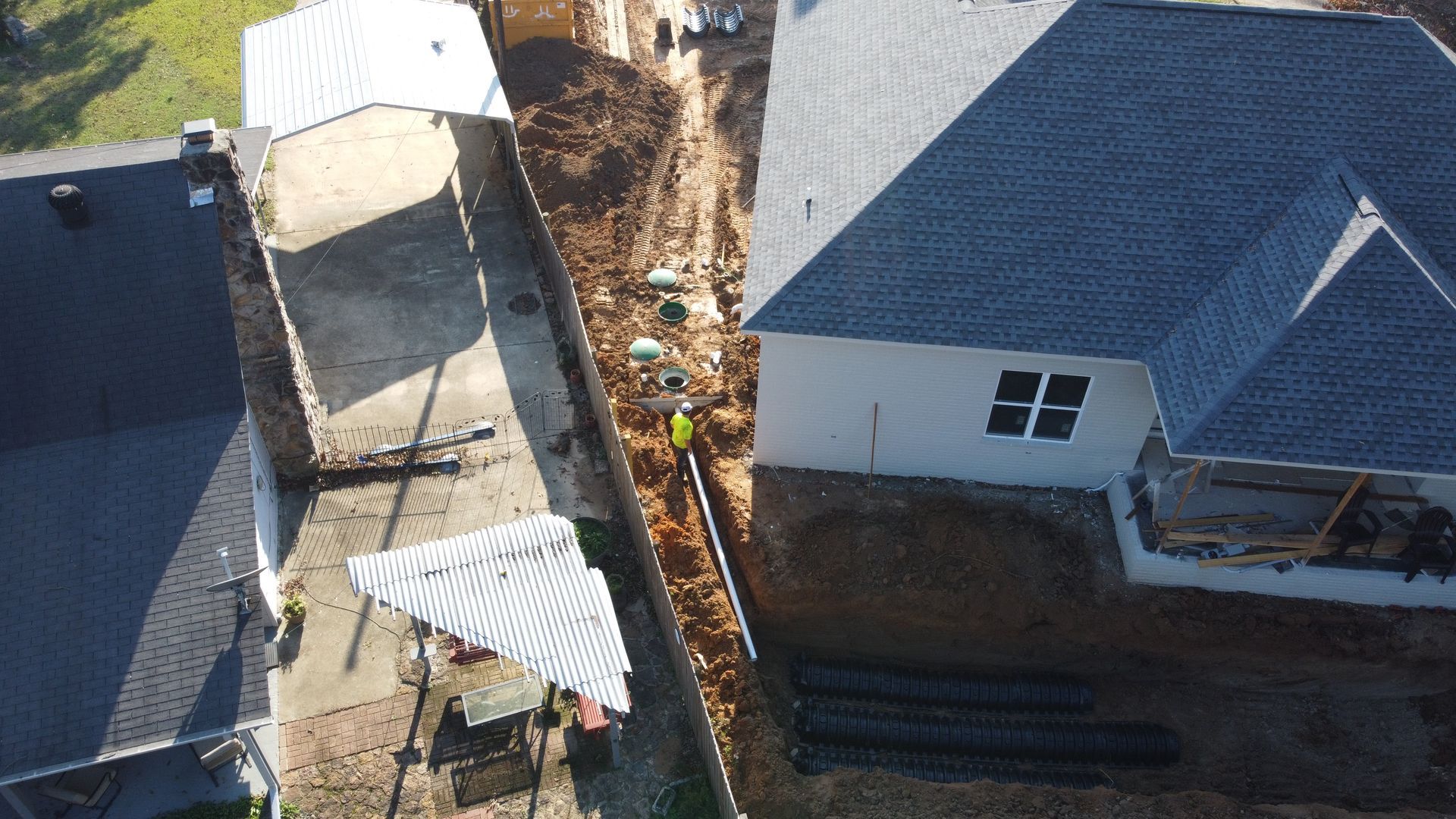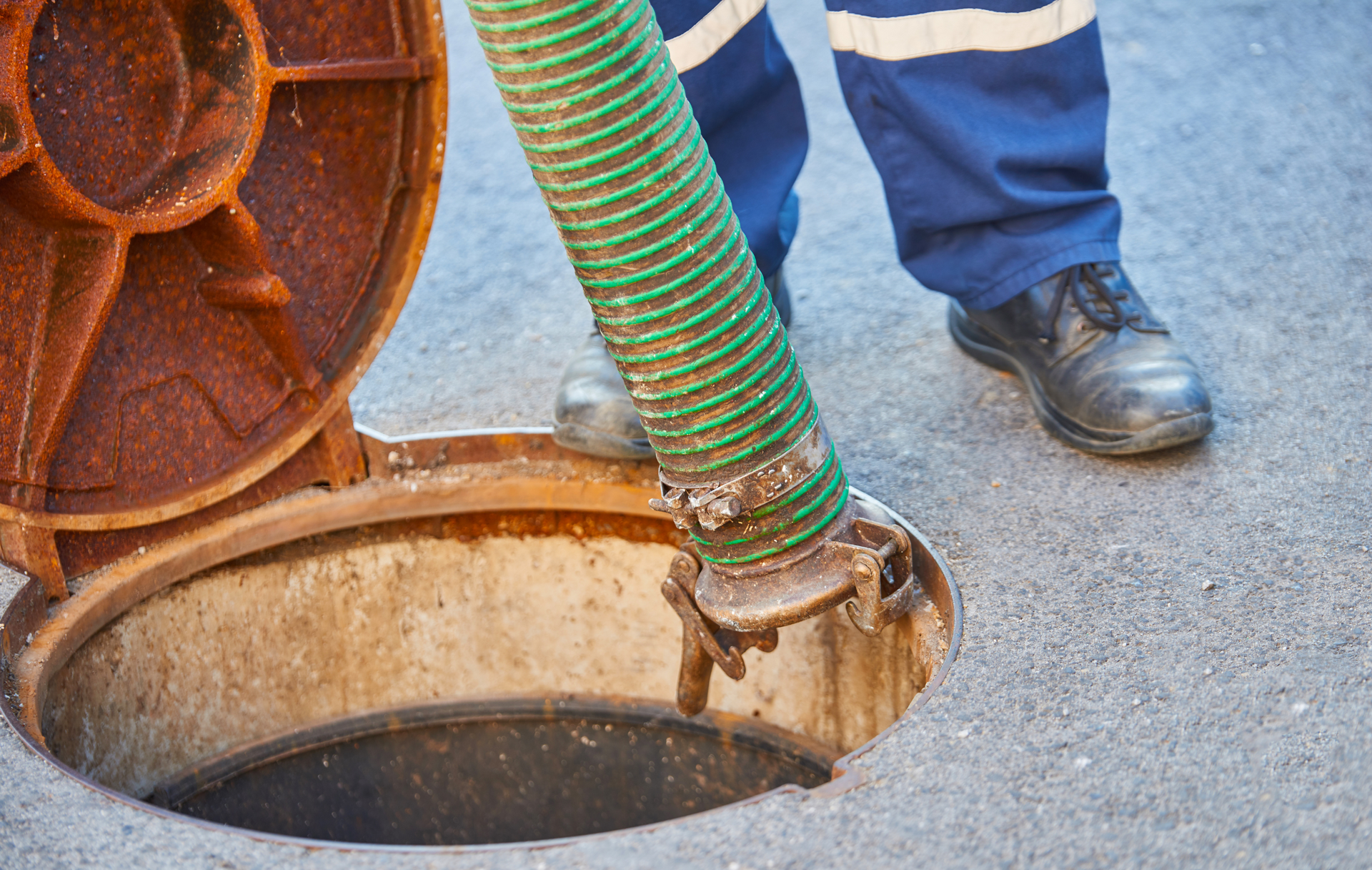Innovation Underground: Exploring New Technologies for Septic Tank Upgrades in Oxford
July 6, 2023
Stepping Towards the Future with Advanced Septic Systems
In an era where technology permeates nearly every aspect of life, it's no surprise that septic system technologies have also advanced significantly. Oxford homeowners can now benefit from innovative upgrades to enhance their septic systems' efficiency and longevity. Here are some new technologies worth exploring.
1. Effluent Filters
Effluent filters are fitted onto the outlet pipe of your septic tank. They trap larger particles that could potentially clog the drain field, helping to extend its lifespan. The filters are easy to install and clean, making them a simple but effective upgrade.
2. Aerobic Treatment Units (ATUs)
ATUs introduce air into the system to promote the growth of aerobic bacteria, which break down waste more efficiently than their anaerobic counterparts. This results in cleaner effluent, reducing the risk of contamination and lessening the load on the drain field.
3. Advanced Onsite Wastewater Treatment Systems (OWTS)
Advanced OWTS take the wastewater treatment process a step further. They often incorporate ATUs, UV disinfection, and other processes to further treat the effluent, resulting in a cleaner and safer output. This can be especially beneficial in areas with high groundwater tables or near sensitive ecosystems.
4. Smart Monitoring Systems
Smart septic systems incorporate sensors and other technologies to monitor system performance continuously. These systems can alert homeowners to issues such as rising effluent levels, potential leaks, or system malfunctions. This early detection allows for swift action, preventing minor problems from escalating into major system failures.
5. Septic Tank Risers
While not new, septic tank risers are a practical upgrade that many Oxford homeowners could benefit from. These extensions make your septic tank's lid accessible at ground level, simplifying maintenance and inspections.
When considering an upgrade, remember to check the local regulations and consult with a licensed septic service provider. They can provide advice tailored to your home's specific needs and environmental conditions.
In conclusion, technological advancements offer an array of options for improving the performance and reliability of your septic system. These upgrades can prove to be a wise investment, saving Oxford homeowners from future headaches, while contributing to a cleaner, greener environment.

Navigating the regulations surrounding septic systems is crucial for homeowners and businesses to ensure compliance, protect public health, and safeguard the environment. In this guide, Oxford Septic Services provides valuable insights into septic system regulations, offering clarity and guidance for property owners. Chapter 1: Regulatory Overview Oxford Septic Services provides an overview of the regulatory landscape governing septic systems, including local, state, and federal regulations. Understanding the regulatory framework is essential for property owners to comply with legal requirements and avoid potential fines or penalties. Chapter 2: Permitting Requirements Property owners may be required to obtain permits for the installation, repair, or modification of septic systems. Oxford Septic Services explains the permitting process, including the application requirements, approval procedures, and associated fees, to help property owners navigate the process successfully. Chapter 3: Inspection and Maintenance Requirements Many jurisdictions have inspection and maintenance requirements for septic systems to ensure proper functioning and prevent environmental contamination. Oxford Septic Services outlines these requirements, including the frequency of inspections, maintenance tasks, and reporting obligations, to help property owners fulfill their regulatory obligations. Chapter 4: Environmental Considerations Septic systems can impact groundwater quality, surface water contamination, and sensitive ecosystems if not properly maintained. Oxford Septic Services discusses the environmental considerations associated with septic systems, emphasizing the importance of responsible waste management practices to protect the environment and public health. Chapter 5: Compliance Assistance Complying with septic system regulations can be complex, but Oxford Septic Services offers assistance to property owners. Whether it's helping with permit applications, conducting inspections, or providing maintenance services, Oxford Septic Services ensures that property owners have the support they need to meet regulatory requirements. Chapter 6: Future Trends and Developments Regulations governing septic systems are subject to change as new technologies emerge and environmental concerns evolve. Oxford Septic Services discusses future trends and developments in septic system regulations, helping property owners stay informed and adapt to regulatory changes proactively. Conclusion: Understanding septic system regulations is essential for property owners to maintain compliance, protect public health, and preserve the environment. With insights from Oxford Septic Services, property owners can navigate regulatory requirements confidently and ensure the proper functioning of their septic systems for years to come.

Septic system failures can be costly, inconvenient, and hazardous to both property and health. Fortunately, with proper maintenance and proactive measures, many septic system failures can be prevented. In this guide, Oxford Septic Services shares valuable tips to help homeowners and businesses avoid septic system failures and ensure the long-term functionality of their systems. Chapter 1: Regular Maintenance Inspections Routine maintenance inspections are essential for identifying potential issues early and preventing costly repairs. Oxford Septic Services recommends scheduling regular inspections to assess the condition of your septic system and address any problems before they escalate. Chapter 2: Timely Septic Tank Pumping Regular septic tank pumping is crucial for removing accumulated solids and preventing clogs and backups. Oxford Septic Services advises homeowners to adhere to a consistent pumping schedule based on factors such as household size and usage to maintain optimal tank capacity. Chapter 3: Proper Waste Disposal Practices Improper disposal of household waste can overload septic systems and lead to system failures. Oxford Septic Services recommends avoiding flushing non-biodegradable items, grease, and chemicals down drains and toilets to prevent clogs and damage to the system. Chapter 4: Protecting the Drain Field The drain field plays a critical role in wastewater treatment and dispersal. To prevent drain field failure, Oxford Septic Services advises property owners to avoid parking vehicles or installing structures over the drain field and to maintain proper landscaping to prevent root intrusion. Chapter 5: Prompt Repairs and Maintenance Addressing minor issues promptly can prevent them from escalating into major septic system failures. Oxford Septic Services recommends contacting a professional at the first sign of trouble, such as slow drains, foul odors, or sewage backups, to prevent further damage. Chapter 6: Environmental Awareness Understanding the environmental impact of septic system failures can motivate property owners to prioritize proper maintenance and care. Oxford Septic Services emphasizes the importance of responsible waste management and eco-friendly practices to protect local water sources and ecosystems. Conclusion: By following these tips from Oxford Septic Services, homeowners and businesses can take proactive steps to prevent septic system failures and maintain the functionality of their systems for years to come. With regular maintenance, proper waste disposal practices, and prompt repairs, property owners can avoid costly and disruptive septic system failures and enjoy peace of mind knowing their systems are in good working order.
